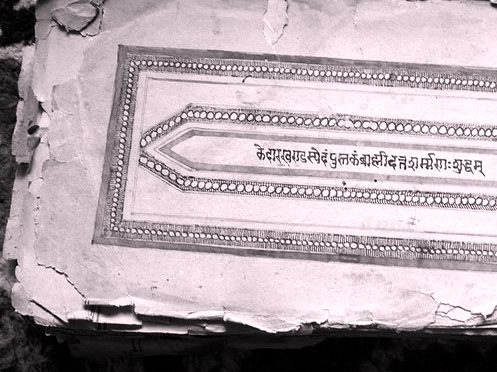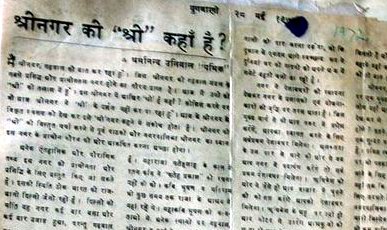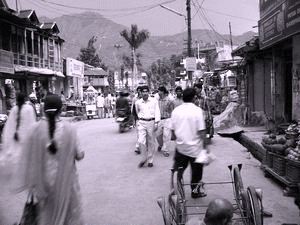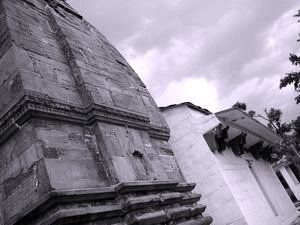|
Srinagar Architecture |
|
|
Historical and Archaeolgical Survey and
A tentative assumption for Himalayan Civilisation is around 7th - 8th century. But the excavations and findings made by the Himalayan Archaeological and Ethnography Museum, HNB Garhwal University, Srinagar raise a very serious question.In fact, it is validated already that life and civilisation had already taken place some 2,00,000 years ago around this region. It connects the Happening Himalayas to prehistorical times. Especially the research and findings made around Alaknanda valley are more important for validating this outcome. And therefore, Srinagar's historical and archaeological study and importance become the key. Interestingly, Central Garhwal and Srinagar - Alaknanda valley are considered to be very crucial Himalayan regions where various significant historical and archaeological findings have prompted a serious concern to be developed. The feudal era during 15th Century reckons a golden time of the state boasting of vivid architectural, cultural and social activities taking place in and around Srinagar. Few existing, raring structures already demonstrate antiquity and legacy of this Himalayan region. Some of Srinagar's temples which have partially escaped few worse natural calamities like floods and earthquake are on a vanishing note today. Heritage conservation is earnestly needed to save the heritage and legacy of this place. Many of the Srinagar temples are built or rebuilt, renovated during Panwar dynasty post 15th century. Not denying, those rebuilt during this time are perhaps old, very old structures which convey the life and space-time of the place. However, the Katyuri dynasty which ruled the Garhwal territory post 6th century until arrival of Panwar dynasty in 14th Century, deserves all the credits and recognition for a major art, culture and architecture related activities took place in the region during their reigns. And, this practice took a flourishing start once Srinagar was established as Garhwal Capital in 1358 by King Ajaypal. So, practically the Srinagar space has the period of 15th century as a more significant time for considering the Architecture of Srinagar in account.
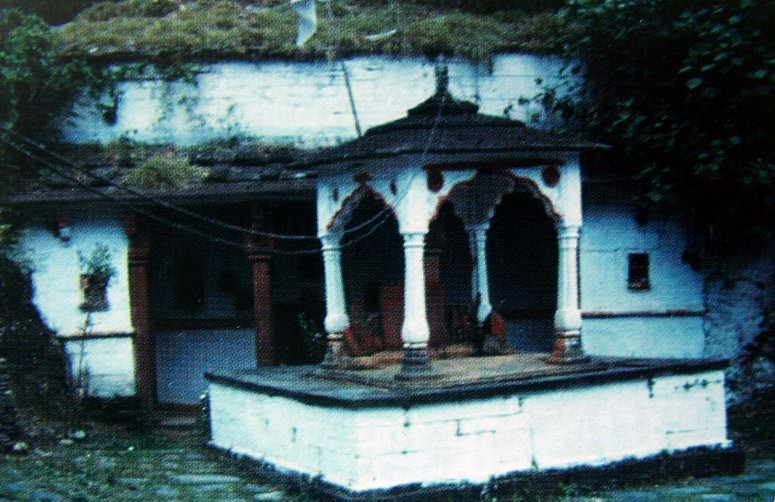 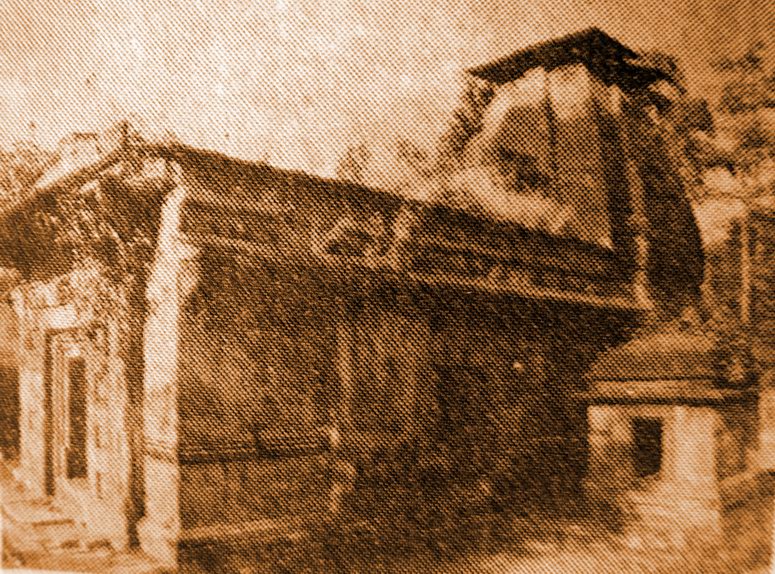 Temples like Keshorai Math, Raghunath Temple Complex covering a number of temples, Gorakhnath Cave are some unfortunate examples which are in a sorry state today. Reasons are various. Importantly, the Alaknanda bank embracing the town-line within the riverbed needs to be re-planned and redesigned earnestly as recurrent floods have caused, are causing serious damage to this entire strip. And the riverbed is well hosting few heritage landmarks, temples and establishments. Some serious steps on the Building - Construction - Conservation front needs to be taken. Ranihat & Thapli, Life underground As before arrival of Panwar dynasty and conferring as a capital, Srinagar was an important junction en-route Badrinath Kedarnath, the famous Hindu pilgrimage destinations. Living and life were evident already. Now very interesting matter to look at is excavations and findings at Ranihat and Thapli. These places are on the outskirts of Srinagar and excavations at Thapli demonstrate and validate the existence of Aryan culture resembling to which was prevalent at the same time across other Indian parts like Gangetic plains, Punjab, Haryana, Rajasthan, etc. Around 3,000 B.C. is estimated after studying and assessing these finds. Copper bangles, Eye shading sticks, Clay toys, Ceramics, Pottery and Tera cotta remains of unique designs are found at Thapli. At the same time, excavacations and findings at Ranihat, on the North-West of Srinagar, establish the existence, lifestyle, expertise of people and nature of the civilisation of this valley. Usage of Bricks, Pottery, Tools and accessories, use of metal in their makings and the rendered architecture resemble to unified Aryan culture prevailing across entire Indian subcontinent. Conclusion
Efforts and works undertaken by HNB Garhwal University and the Himalayan Archaeological and Ethnography Museum are appreciable though. But a serious actions still need to be taken. This is perhaps a more than a life-scale mission which can be rendered with equal participation from the concerned and the people themselves. Importantly, the place itself, the existing exposition offers a wide scope and potential to develop Srinagar as a unique Tourism centre. The width of Alaknanda around Srinagar valley offers some distinct possibilities, including boating and river transportation across the river. Few miles up and down from centre of the town along the riverbank can be developed in form of River Front with some Touristic features. These observations and concerns are critical and each genuine attempt towards better of the place will pace-up the Economical and Social development, rendering due awareness and concerns, conservation and promotion of this Historical - Archaeological heritage of Srinagar among its people. We are grateful to Dr. Shantan Singh Negi and Manoj Kishore Nautiyal, both Srinagar, for we got few valuable details from their article. |
A Quick Architectural look
A maiden traveler to the hills gets various interesting sightings and experience by visiting town's few central area like Gola Bazar, Kala Road, Gola Circle, Ganesh Bazar, Bhaktiyana, Upper Bazar, etc. followed by visit to new constructions surrounding HNB Garhwal University's main and new Chauras Campus, SSB Complex, GGIC Area and the ones sticking over the small heights off Badrinath Road uptil Srikot.
|

Srinagar Architecture

